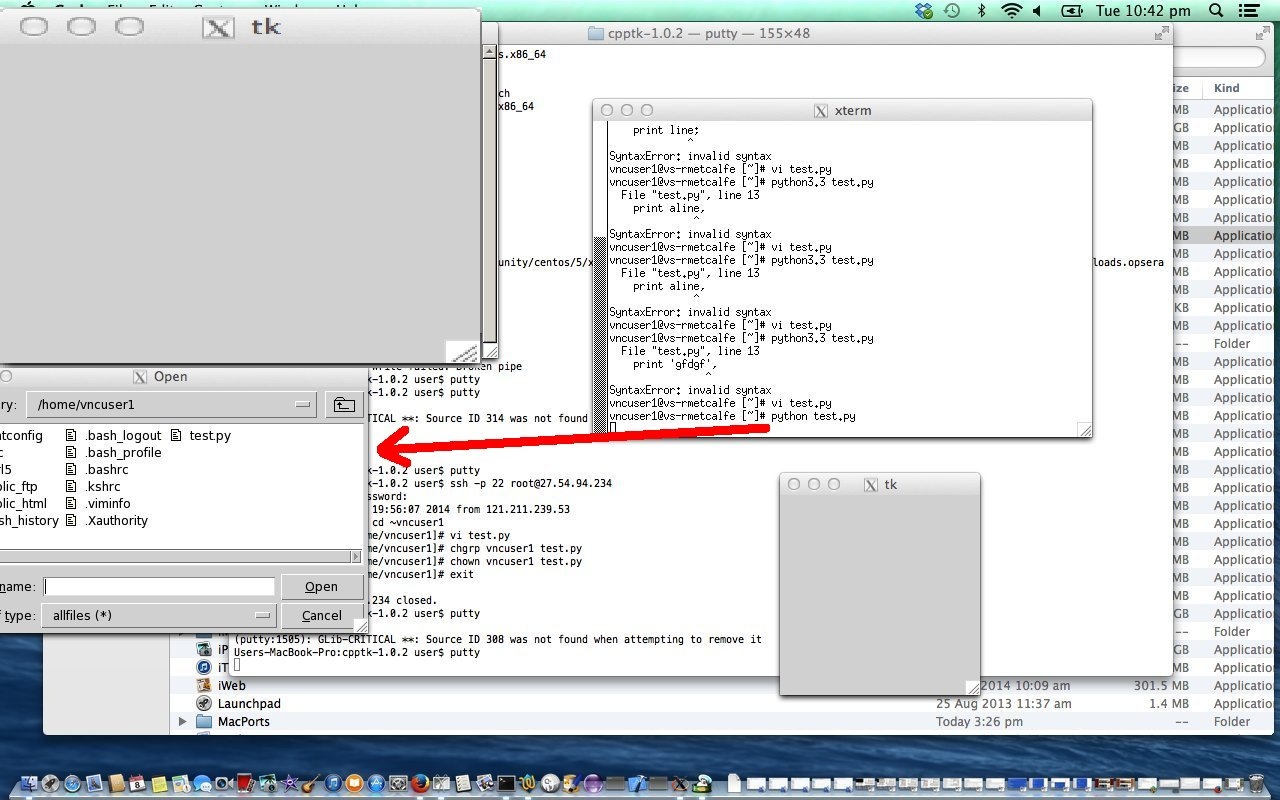Eyes lead upwards (to the ceiling), mentally continuing their movement further, through the forehead, vertically upwards. • Exercise for improvement of sight № 2 Keeping the flat position of the head, look down, mentally continuing your gaze into your own throat. Gimnastika dlya vosstanovleniya zreniya po norbekovu.
To use graphic images in a Tkinter application, Tkinter must be configured to include the Python Imaging Library (PIL). Refer to the author’s companion document, Python Imaging Library (PIL) quick reference, for PIL documentation. Objects of the ImageTkclass can be used in Tkinter applications.
Tkinter (' Tk Interface')is python's standard cross-platform package for creating graphical user interfaces (GUIs). It provides access to an underlying Tcl interpreter with the Tk toolkit, which itself is a cross-platform, multilanguage graphical user interface library. Tkinter isn't the only GUI library for python, but it is the one that comes standard. Additional GUI libraries that can be used with python include,,. Tkinter's greatest strength is its ubiquity and simplicity. It works out of the box on most platforms (linux, OSX, Windows), and comes complete with a wide range of widgets necessary for most common tasks (buttons, labels, drawing canvas, multiline text, etc).
As a learning tool, tkinter has some features that are unique among GUI toolkits, such as named fonts, bind tags, and variable tracing. Differences between python 2 and 3 Tkinter is largely unchanged between python 2 and python 3, with the major difference being that the tkinter package and modules were renamed. Importing in python 2.x In python 2.x, the tkinter package is named Tkinter, and related packages have their own names. For example, the following shows a typical set of import statements for python 2.x: import Tkinter as tk import tkFileDialog as filedialog import ttk Importing in python 3.x Although functionality did not change much between python 2 and 3, the names of all of the tkinter modules have changed. The following is a typical set of import statements for python 3.x: import tkinter as tk from tkinter import filedialog from tkinter import ttk Further Reading • • • • • • Versions. Tcl Version Release Date 2016-------03-09 Python Version Release Date 2016---------------10-16 Hello, World! (minimal) Let's test our basic knowledge of tkinter by creating the classic 'Hello, World!'
First, we must import tkinter, this will vary based on version (see remarks section about 'Differences between Python 2 and 3') In Python 3 the module tkinter has a lowercase t: import tkinter as tk In Python 2 the module Tkinter has a uppercase T: import Tkinter as tk Using as tk isn't strictly necessary but we will use it so the rest of this example will work the same for both version. Now that we have the tkinter module imported we can create the root of our application using the Tk class: root = tk.Tk() This will act as the window for our application. (note that additional windows should be Toplevel instances instead) Now that we have a window, let's add text to it with a Label label = tk.Label(root, text='Hello World!' ) # Create a text label label.pack(padx=20, pady=20) # Pack it into the window Once the application is ready we can start it (enter the main event loop) with the mainloop method root.mainloop() This will open and run the application until it is stopped by the window being closed or calling exiting functions from callbacks (discussed later) such as root.destroy(). Putting it all together: import tkinter as tk # Python 3.x Version #import Tkinter as tk # Python 2.x Version root = tk.Tk() label = tk.Label(root, text='Hello World!' ) # Create a text label label.pack(padx=20, pady=20) # Pack it into the window root.mainloop() And something like this should pop up: Hello, World!
